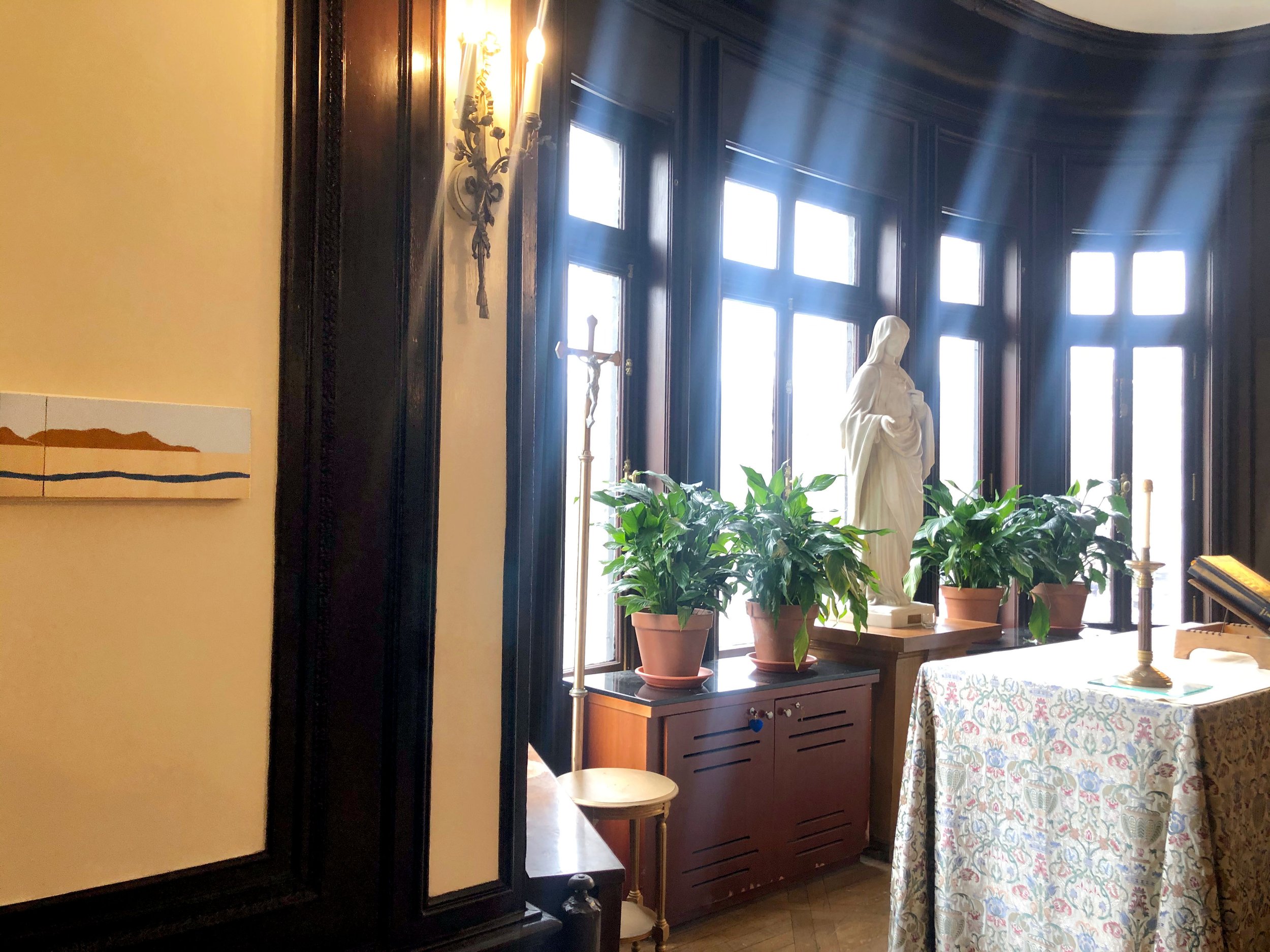In response to the human rights crisis at the US southern border, artist Mia Toledo carefully catalogs the entire 2000-mile stretch. From the Gulf of Mexico, which becomes the Rio Grande for the entirety of Texas, the border suddenly changes to an inorganic line that cuts straight through New Mexico and Arizona desert, becoming Mexicali and Tijuana until it abruptly ends several yards into the Pacific Ocean.
With this book, Camino Creative hopes to shed light on the humanitarian crisis at the U.S.-Mexico border. Guided by history and humanity, we invite readers on a meditative border journey.

Photo by Getty ImagesIntroduction
A nation defined by sovereign borders relies on the existence of us and the existence of them.
The United States is unique in that it has always been a patchwork of peoples, and its developments have relied in many ways on its diversity. The migration stories of Ellis Island and Plymouth Rock are romanticized to paint a portrait of the U.S. as a compassionate safe haven for people across the globe. In reality, American moral superiority and a toxic “pull yourself up by the bootstraps” mentality have morphed together to breed xenophobia and cruelty towards outsiders. Immigrant communities often face an unreasonable set of standards.
Is a foreigner American enough? Do they love America enough? Will they be grateful to America? Did they work hard enough? Did they use the system “the right way?” What is their labor worth? What do they look like? Are they seeking refuge, or seeking opportunity?
This scrutiny is amplified at the southern border.
To reflect more deeply on the ongoing human rights crisis and environmental destruction at our southern border, artist Mia Toledo carefully cataloged the details of the 2,000-mile stretch. Beginning with the geographical boundaries of the Gulf of Mexico which in turn becomes the Rio Grande for the entirety of Texas, the border suddenly becomes an inorganic line that cuts stiffly through the New Mexico and Arizona desert, until it abruptly ends several yards into the Pacific Ocean.
The United States’ historical relationship to this border is fraught — from the Mexican-American War that established much of the southern border, to present day. From the inception of the border on the Rio Grande, its legacy has been intertwined with human rights, starting with the enslaved Americans that traversed to and across the river to reach the safe haven of Mexico. The United States began formally patrolling this area in the early 20th century. The current situation at the border is simply a continuation of our nation’s oppressive practices.
Passivity on humane immigration policy enforcement and reform has persisted decade after decade, regardless of the political party in power. In contemporary times, our leaders have erected border walls, enacted mass deportation, separated families, detained children and brutalized migrants. The dangerous stigmatization of people migrating across our borders reached a new fever pitch under the Trump administration. The quiet complacency of the Biden administration — which promised a new, more empathetic chapter — speaks almost as loudly.
As you “walk the wall” on these pages, you are encouraged to question what the border means to you, and what it means to be American.
Exhibitions
-

The Riverside Church
First installation of the SBWW project installed in the scaffolding outside of the Riverside Church in Manhattan.
-

The Marymount School
Second Installation of SBWW, installed in the chapel of the Marymount School in Manhattan.
Walk the Panels:
Take the meditative walk along the border.
Behind the Panels
The project today, as well as a special thanks to those who helped make it possible.





